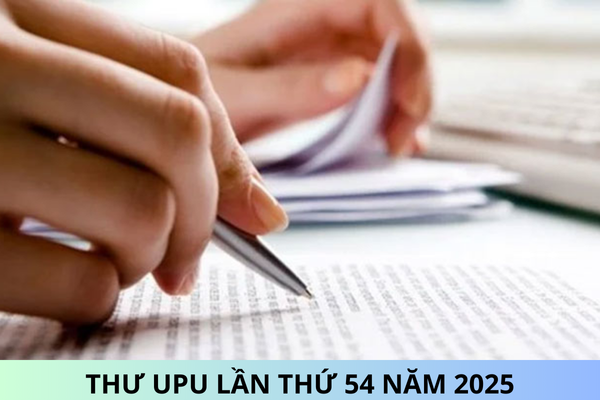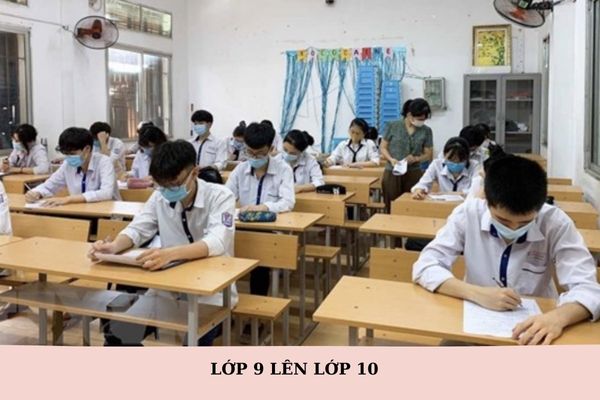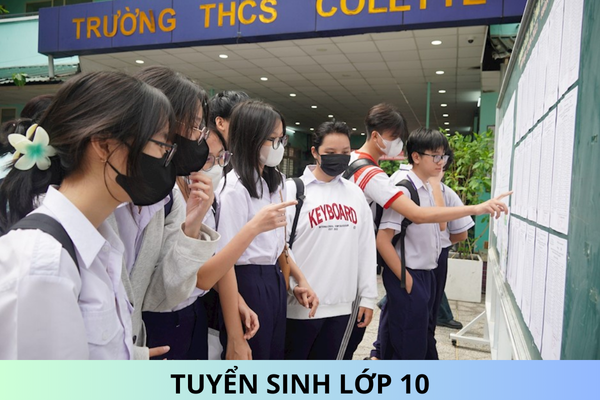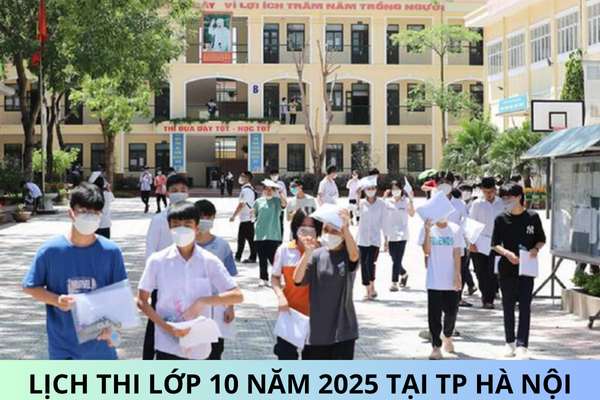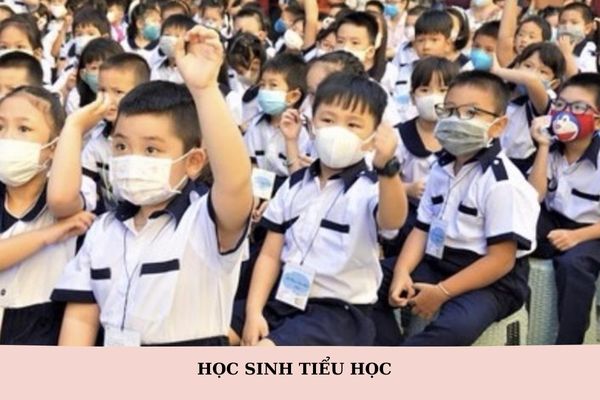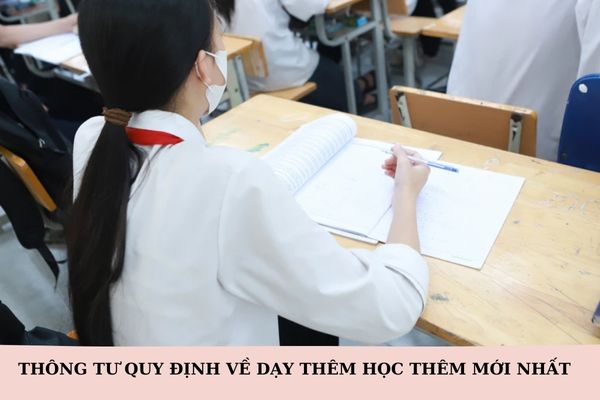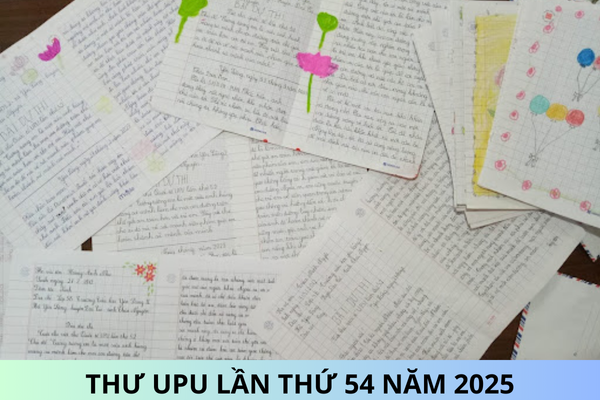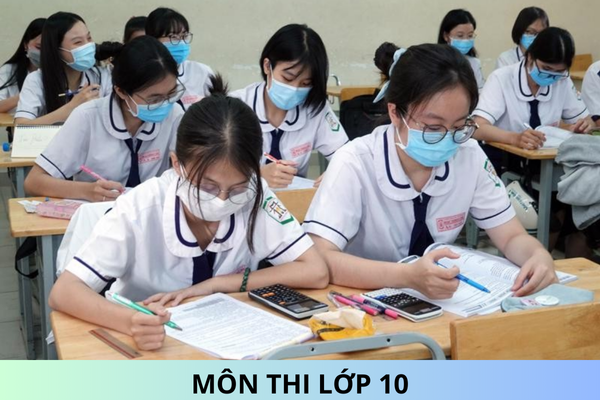What are requirements for developing calculating capacity, language ability and other specific competencies in math teaching methods regarding Literacy Elimination Program in Vietnam?
What are requirements for developing calculating capacity, language ability and other specific competencies in math teaching methods regarding Literacy Elimination Program in Vietnam? What are requirements on specificity for the elderly in math teaching methods regarding Literacy Elimination Program in Vietnam? What are regulations on evaluation of teaching methods and educational outcomes regarding Literacy Elimination Program in Vietnam?
Thank you!
What are requirements for developing calculating capacity, language ability and other specific competencies in math teaching methods regarding Literacy Elimination Program in Vietnam?
Pursuant to Subsection 1.3, Section IV, Part Two of the Literacy Elimination Program issued together with Circular 33/2021/TT-BGDĐT stipulating requirements for developing calculating capacity, language ability and other specific competencies in math teaching methods regarding Literacy Elimination Program in Vietnam as follows:
- Mathematics with outstanding advantages, has many opportunities to develop calculating capacity, which is reflected in both providing mathematical knowledge, training calculation and estimation skills. It also helps students form and develop components of mathematical competence (thinking and reasoning ability, modeling ability, problem solving ability; communication capacity and ability to use math tools and means).
- Mathematics contributes to the development of language competence through training skills in reading, interpreting, analyzing, and evaluating meaningful mathematical situations, through the effective use of mathematical language in combination with common language to present and express mathematical contents, ideas and solutions.
- Mathematics contributes to the development of informatics capacity through the use of information and communication technology means and tools as supporting tools in learning and self-study; Creates an experiential learning environment.
- Mathematics contributes to the development of aesthetic competence by familiarizing students with the history of mathematics, with biographies of mathematicians and through recognizing the beauty of Mathematics in the natural world.
What are requirements on specificity for the elderly in math teaching methods regarding Literacy Elimination Program in Vietnam?
Pursuant to Subsection 1.4, Section IV, Part Two of the Literacy Elimination Program issued together with Circular 33/2021/TT-BGDĐT stipulating requirements on specificity for the elderly in math teaching methods regarding Literacy Elimination Program in Vietnam as follows:
- Math teaching methods should be suitable to the cognitive process of students, especially the elderly (from concrete to abstract, from easy to difficult, from practical experience to knowledge of mathematics) ; suitable to labor and production activities that trainees have been experiencing; not necessarily promote the logic of mathematical science, but only need to pay attention to the consistency between practice and related mathematical knowledge; make the most of the students' experience;
- Thoroughly grasping the spirit of "taking the learner's experience as a basis for teaching math-related knowledge", promoting the learner's positivity, self-discipline and self-esteem; encourage and understand the different situations of students, who are both working and studying; promote the kindness, enthusiasm and guidance of the teachers;
- Flexibility in applying active teaching methods and techniques; combine skillfully and creatively with the application of traditional teaching methods and techniques; combine teaching and motivating activities for learners; arouse the self-esteem of learners; value the students' experiences associated with relevant mathematical knowledge; Mathematical education directly serves in labor, production and daily activities.
- Using sufficient and effective teaching aids and equipment at least as prescribed for Mathematics, exploiting surrounding facilities to support teaching aids; be able to use self-made teaching aids suitable to the learning content and learners; increase the use of information technology and modern teaching means and equipment in an appropriate and effective manner.
What are regulations on evaluation of teaching methods and educational outcomes regarding Literacy Elimination Program in Vietnam?
Pursuant to Subsection 2, Section IV, Part Two of the Literacy Elimination Program issued together with Circular 33/2021/TT-BGDĐT stipulating regulations on evaluation of teaching methods and educational outcomes regarding Literacy Elimination Program in Vietnam as follows:
The objective of the assessment of educational results in Mathematics is to provide accurate, timely and valuable information on the capacity development and progress of students on the basis of requirements to be achieved in each term; adjust teaching activities, ensure the progress of each student and improve the quality of mathematics education in particular and the quality of education in general.
Using a combination of many forms of assessment (regular assessment, periodical assessment), many assessment methods (observation, recording the implementation process, question and answer, objective test, essay, test) writing, hands-on exercises, learning projects/products, performing practical tasks, etc.) and at appropriate times.
Regular assessment organized by the teacher in charge of the subject, combined with the assessment of the teacher of other subjects, of the student being evaluated and of other students in the group, in the class or by the teacher. student parents. Evaluation of the process goes hand in hand with the student's learning progress, avoids the separation between the teaching process and the assessment process, and ensures the assessment objective for the student's learning progress.
Periodic assessment (or summative assessment) has the main purpose of assessing the achievement of learning objectives. Results of periodic and summative assessments are used to certify academic levels and recognize student achievement. Periodic assessment is organized by educational institutions or through national tests and assessments.
Periodic assessment is also used to manage teaching activities, ensure quality in educational institutions, and serve the development of Math programs.
Assess the student's ability through evidence demonstrating the results achieved during the implementation of the student's actions. The assessment process includes basic steps such as: determining the assessment purpose; identify the necessary evidence; select appropriate assessment methods and tools; collect evidence; interpret evidence and make comments.
Pay attention to the selection of methods and tools to evaluate the elements of mathematical competence. Specifically:
- Assessment of mathematical thinking and reasoning ability: some assessment methods and tools can be used such as questions (speaking, writing), exercises, etc that require students to present , compare, analyze, synthesize and systematize knowledge; must apply mathematical knowledge to explain and reason.
- Assessment of mathematical modeling capacity: selecting situations in practice that make mathematical problems appear. From there, it requires students to identify mathematical models (including formulas, equations, tables, graphs, ...) for situations appearing in practical problems; solve mathematical problems in the established model; demonstrate and evaluate the solution in a practical context and improve the model if the solution is not appropriate.
- Assessment of ability to solve mathematical problems; methods can be used such as asking learners to identify situations and present problems to be solved; describe and explain the initial information, goals and desires of the problem situation under consideration; collect, select, organize information and connect with existing knowledge; use questions (which may require oral or written answers) that require learners to apply knowledge to solve problems, especially practical problems; using observational methods (such as checklists according to defined criteria), observing learners in the problem-solving process; assessment through learners' hands-on products (eg, products of learning projects); reasonable attention to integrative assessment tasks.
- Assessment of mathematical communication capacity: can use methods such as asking learners to listen, read, understand, take notes (summary), analyze, select, and extract mathematical information. basic, focus in spoken or written text; be able to use mathematical language in combination with common language in presenting, expressing, asking questions, discussing and debating ideas, ideas, and solutions in interaction with others.
- Assessment of ability to use tools and means of learning mathematics: it is possible to use methods such as asking learners to recognize names, effects, usage specifications, preservation methods, advantages and limitations. of tools and means of learning mathematics; demonstrate how to use (reasonably) tools and means of learning mathematics to perform learning tasks or to express mathematical arguments and proofs.
When teachers plan lessons, it is necessary to establish criteria and assessment methods to ensure that at the end of each lesson, students meet the basic requirements based on the stated criteria, before implementing the lessons. next learning activity.
Best regards!
